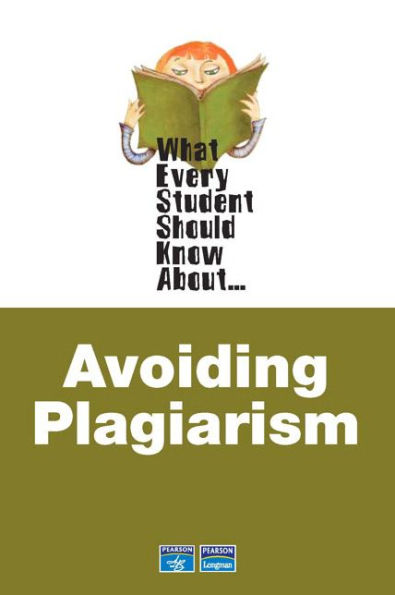5
1
9780321446893


What Every Student Should Know About Avoiding Plagiarism / Edition 1 available in Paperback

What Every Student Should Know About Avoiding Plagiarism / Edition 1
- ISBN-10:
- 0321446895
- ISBN-13:
- 9780321446893
- Pub. Date:
- 06/13/2006
- Publisher:
- Pearson Education
- ISBN-10:
- 0321446895
- ISBN-13:
- 9780321446893
- Pub. Date:
- 06/13/2006
- Publisher:
- Pearson Education

What Every Student Should Know About Avoiding Plagiarism / Edition 1
$26.65
$26.65
Temporarily Out of Stock Online
$14.65
$26.65
Save 45%
Current price is $14.65, Original price is $26.65. You Save 45%.
Temporarily Out of Stock Online
26.65
Out Of Stock

Product Details
| ISBN-13: | 9780321446893 |
|---|---|
| Publisher: | Pearson Education |
| Publication date: | 06/13/2006 |
| Series: | What Every Student Should Know About... (WESSKA Series) Series |
| Edition description: | New Edition |
| Pages: | 80 |
| Product dimensions: | 5.90(w) x 8.90(h) x 0.30(d) |
From the B&N Reads Blog
